As a copyright, media and publishing lawyer, Stefan Haupt’s initial encounters with artists and galleries were limited to legal matters. After a while, he developed great interest in art and began to build the Haupt Collection over 20 years ago. The collection is entitled “Thirty Pieces of Silver – Art and Money” and is dedicated to contemporary art of all media about money.
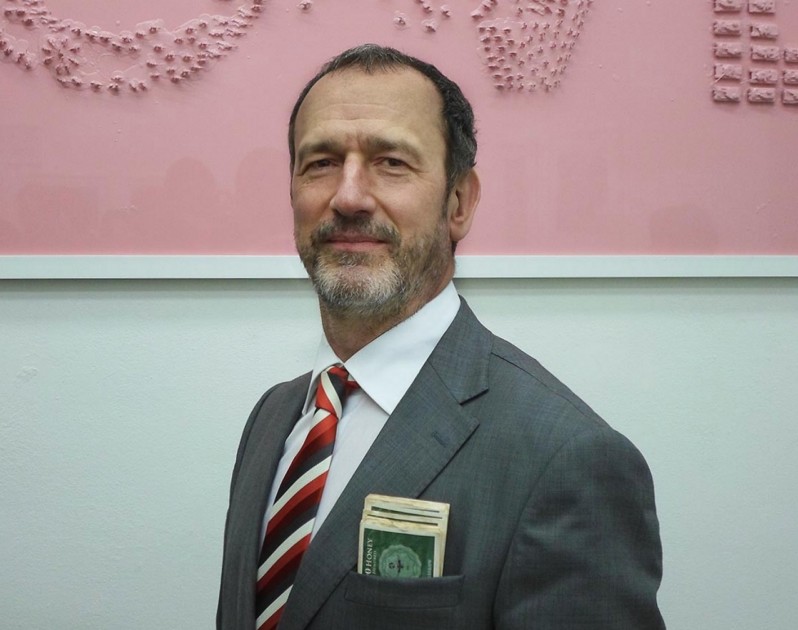
The Haupt Collection
When did you start collecting art?
I started collecting in 1993.
Your collection is known to be relating to the topic of money, which is a quite interesting and unusual theme. How did you develop an interest in money-themed art?
Until the mid-90s, I was collecting photographs. Collecting photographs increasingly became a fad. The end of painting was announced while the breakthrough of the New Leipzig School was yet to come. I was looking for a subject away from the mainstream. Possible subjects were money, sex and death.
As a lawyer, I was too cowardly for the subject of sex; I was still too young for the subject of death; so only money remained.
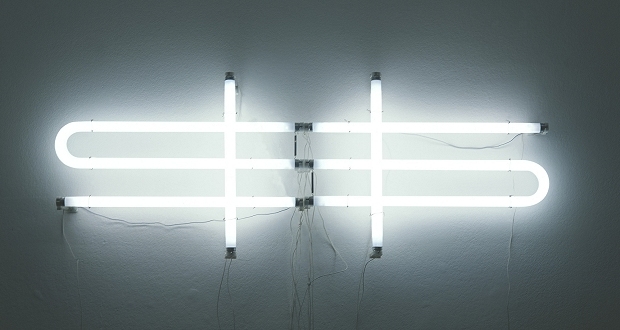
Is the monetary value of an artwork one of the important aspects to you?
No. Priority is given to the substantive statement and the artistic and technical preparation by the artist.
How many artworks do you own?
The collection currently includes more than 250 works.
What medium do you usually collect? Foreign/local artists? Emerging or renowned artists?
The nationality of the artist does not matter; it is not important either whether the artist is aspiring or already established. In the end, it’s always about the substantive aspect of the work and its implementation.
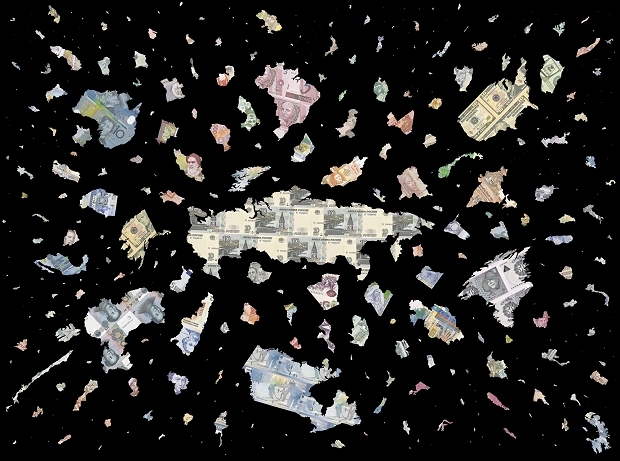
Do you have any most treasured pieces or favourite artists?
Favourite artists are Lee Mingwei, J.S.G. Boggs, Justine Smith, Klaus Staeck and Timm Ulrichs.
Do you display part of your collection in the office? What is your clients’ impression of your art collection?
A small part of the collection can be seen in the law office. In 2014, parts of the collection were shown as part of the VIP program of Art Market Budapest. In 2015, there was an exhibition of works relating to the dollar in the spaces of the Association of German Guarantee Banks. Also in 2015, there was an exhibition on the subject of banks, policy and GDR at Bankhaus Löbbecke. From 5th March to 19th June 2016, the exhibition “Good bad money” was shown at Kunsthalle Baden-Baden. For this occasion, I provided three works by Joseph Beuys.
On 24th November 2016, the exhibition “Muse Macht Moneten” opens at Münzkabinett, which is part of the Bode Museum on the Museum Island Berlin. It is a cooperation between Münzkabinett and the Haupt Collection.
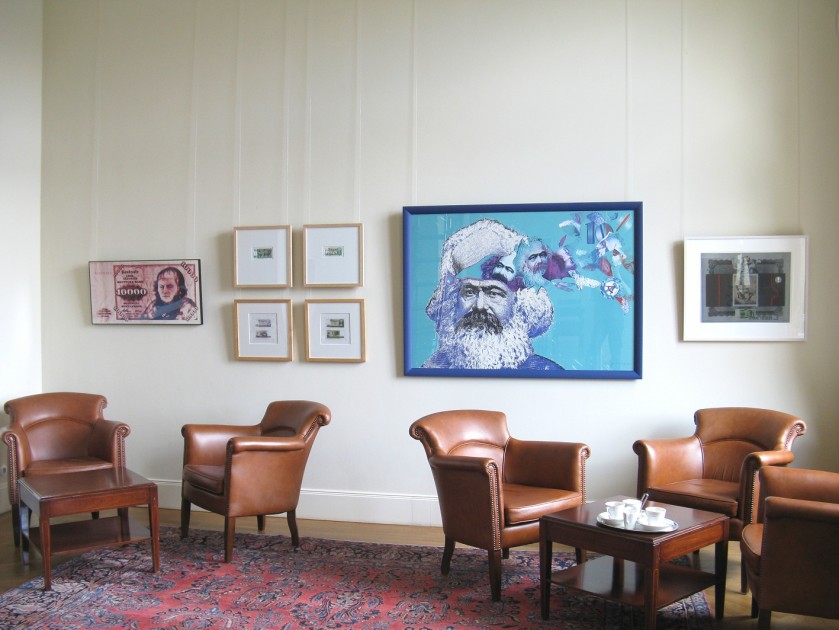
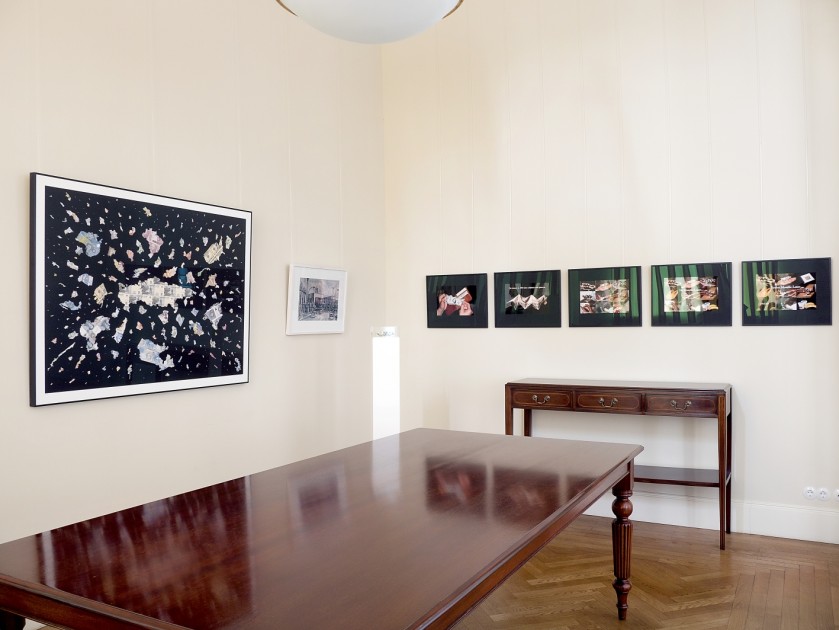
Besides money-themed art, do you have any other collection focuses? Does you collecting style change over time? How do you see your collection develop in the future?
Initially I bought art that I liked. Most of the collection on the subject of money is currently in stock. Previously it was about gathering 30 works on the theme of money – It’s a matter of common knowledge that Judas has betrayed Jesus for 30 pieces of silver. When the collection comprised 30 works, I started to pay more attention to the different techniques and materials. The collection includes works of painting, graphics, sculpture, photographs, ready-mades, artist books, videos, audio works, etc.
The plan for the future is to show the collection at Kunsthalle Mannheim in the second half of 2017. The provider of the Kunsthalle is the oldest German art society. For the period from 2018 onwards, there are no plans yet.
Do you have any rules that guide your collecting process? How do you decide what should be in your collection and what not?
Yes, in the course of time, rules have emerged. Since the beginning of the millennium, I have been supported by the curator Dr. Hermann Büchner. In addition, there are employees who take care of public relations and management. As of late, Eleonora Frolov works for the collection as a director. We discuss collectively and decide what topics are interesting.
Since 2013, we have been trying to increase the proportion of digital art and expand it even further. Another focus is on increasing the proportion of the represented female artists. In this light, works of Hildegard Ochse, Alicija Kwade and Virginie Mossé have been purchased.
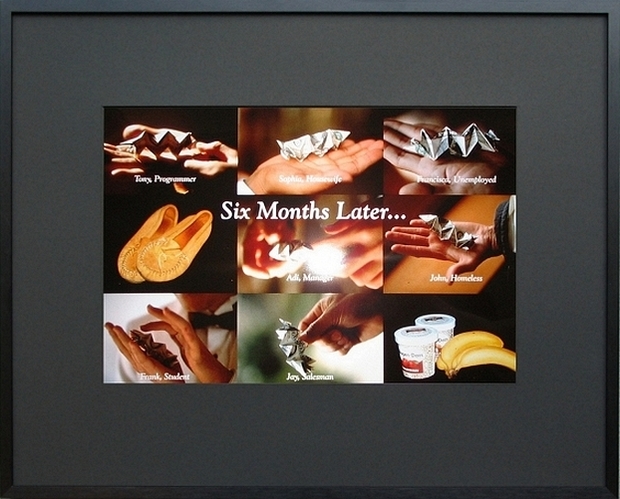
How do you usually acquire artworks? Do you have an annual budget/quota for art or do you buy art spontaneously?
Yes, there is an annual budget for new acquisitions.
In the early years, I bought art very spontaneously. Today, it is more about acquiring works which illustrate the subject of art and money since the late 60s to early 70s – in political, economic, cultural and social aspects.
Do you rely on art advisors and how do you make your decisions concerning purchases?
Yes, regarding decisions on purchases, I have confidence in my team, which gives me lots of correct and useful information and has saved me from errors.
On the other hand, I buy artworks that I consider important in the entire context of the collection.

Broken Africa 2013. Courtesy of Haupt Collection.
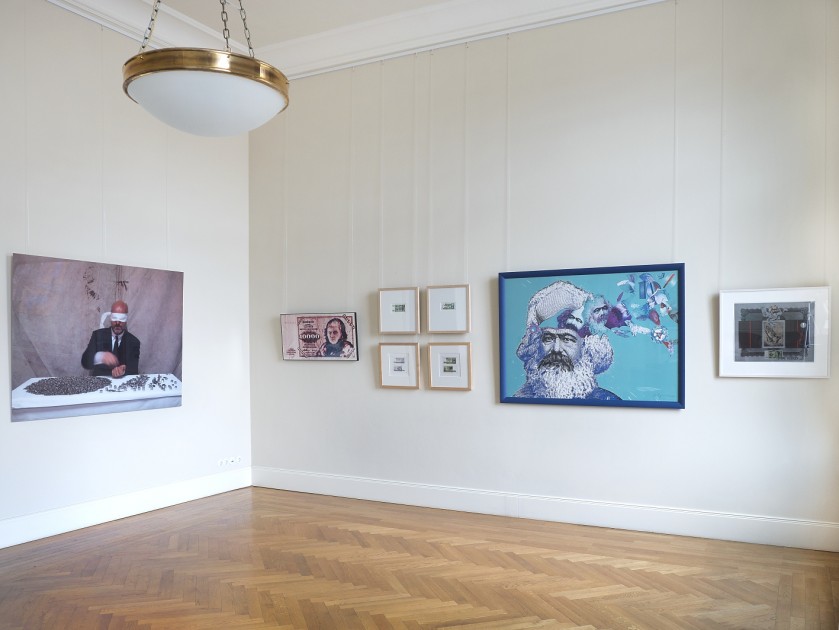
Thoughts on the Art World
Do you have any close ties with any artists? If so, who?
Yes, I have good contacts, for example with Klaus Staeck, Timm Ulrichs, Sebastian Siechold, Thomas Baumgärtel and Pete Jones.
What is your point of view on prints, photography or works on paper? These categories are gaining much popularity these days.
As I said, I was very interested in photography in the 90s. Today I’m no longer consciously aware of these categories. I am concentrating on content and artistic or artisanal aspects.
What sources do you read to keep yourself informed and updated about the art market?
My primary source are conversations with art enthusiasts, and e-mails containing the latest information about the art market. I also attend exhibition openings as well as art fairs.
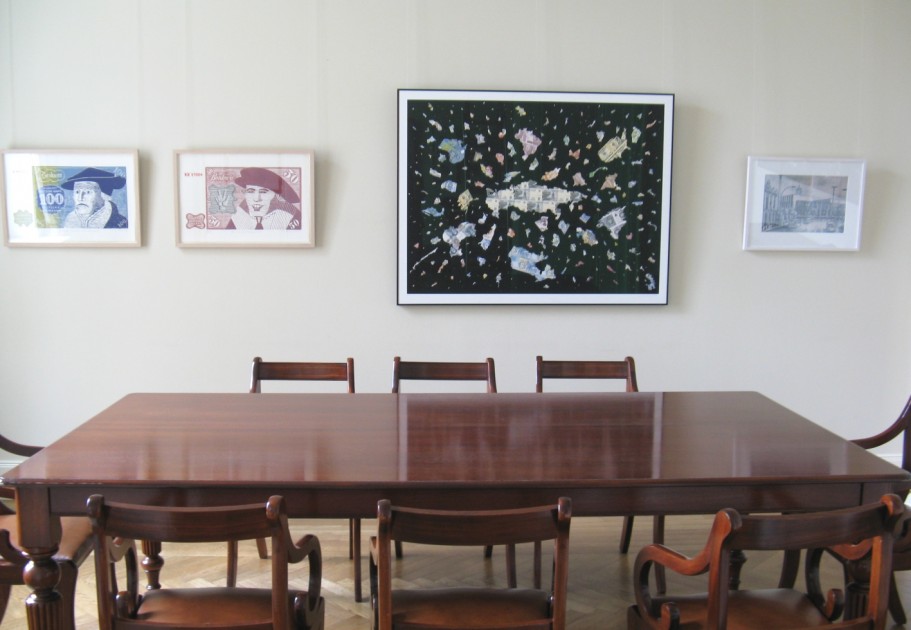
What trends or phenomenon have you noticed in today’s art market from your side of the pond?
Digitalization is progressing ever onward. Where there used to be only physical artworks, some digital artworks nowadays are simply in printed form or are sold entirely on USB flash drives. The trend from 50 years ago of walking out of a gallery with a huge painting is also fading away.
What are your objectives in your art life, both in short term and long term?
It is my goal to depict the history of art about money; from the disintegration of the dollar’s gold standard in the 70s to the effects of the German reunification to the world, and especially today’s Europe. The Global financial crisis with Lehman Brothers and the Greek debt crisis are just some of the more contemporary topics that are touched upon.
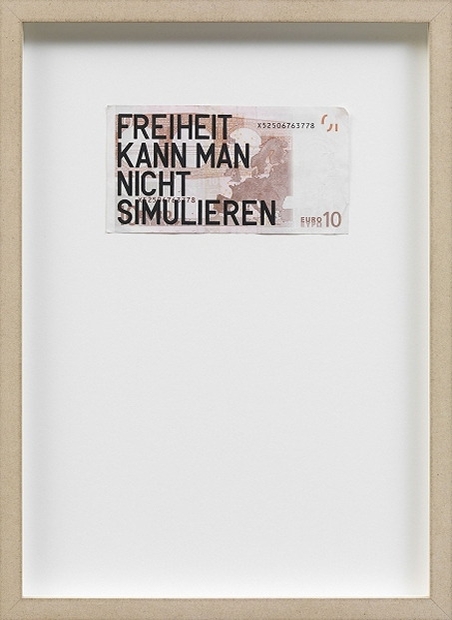
Related: Haupt Collection
Facebook: Sammlung Haupt
Exhibition: “Art Coins Money: MUSE MACHT MONETEN” at Bode Museum, Berlin
A selection of artists Stefan collects:
Justine Smith
Mingwei Lee
Mathieu Mercier
Rirkrit Tiravanija





